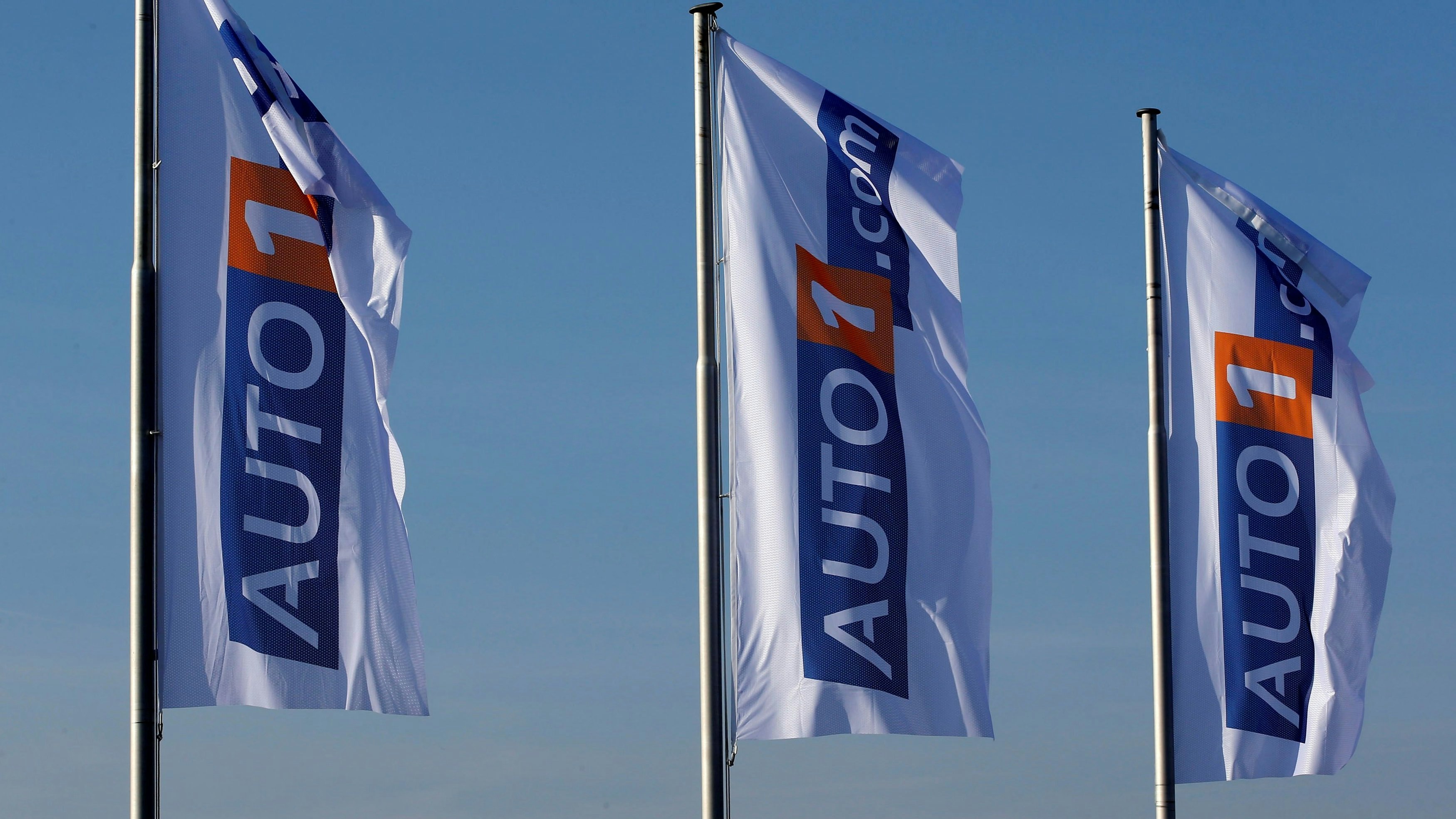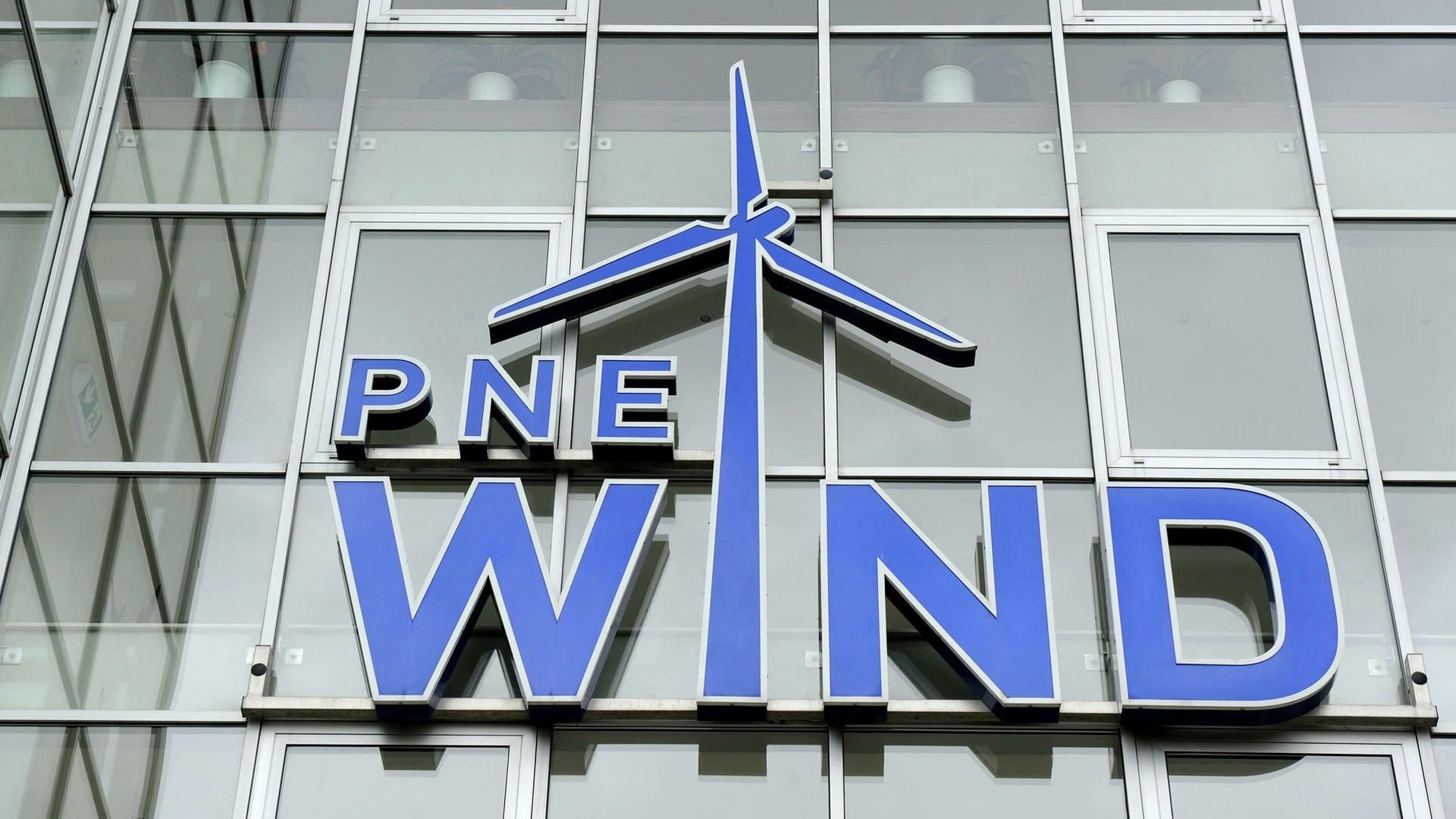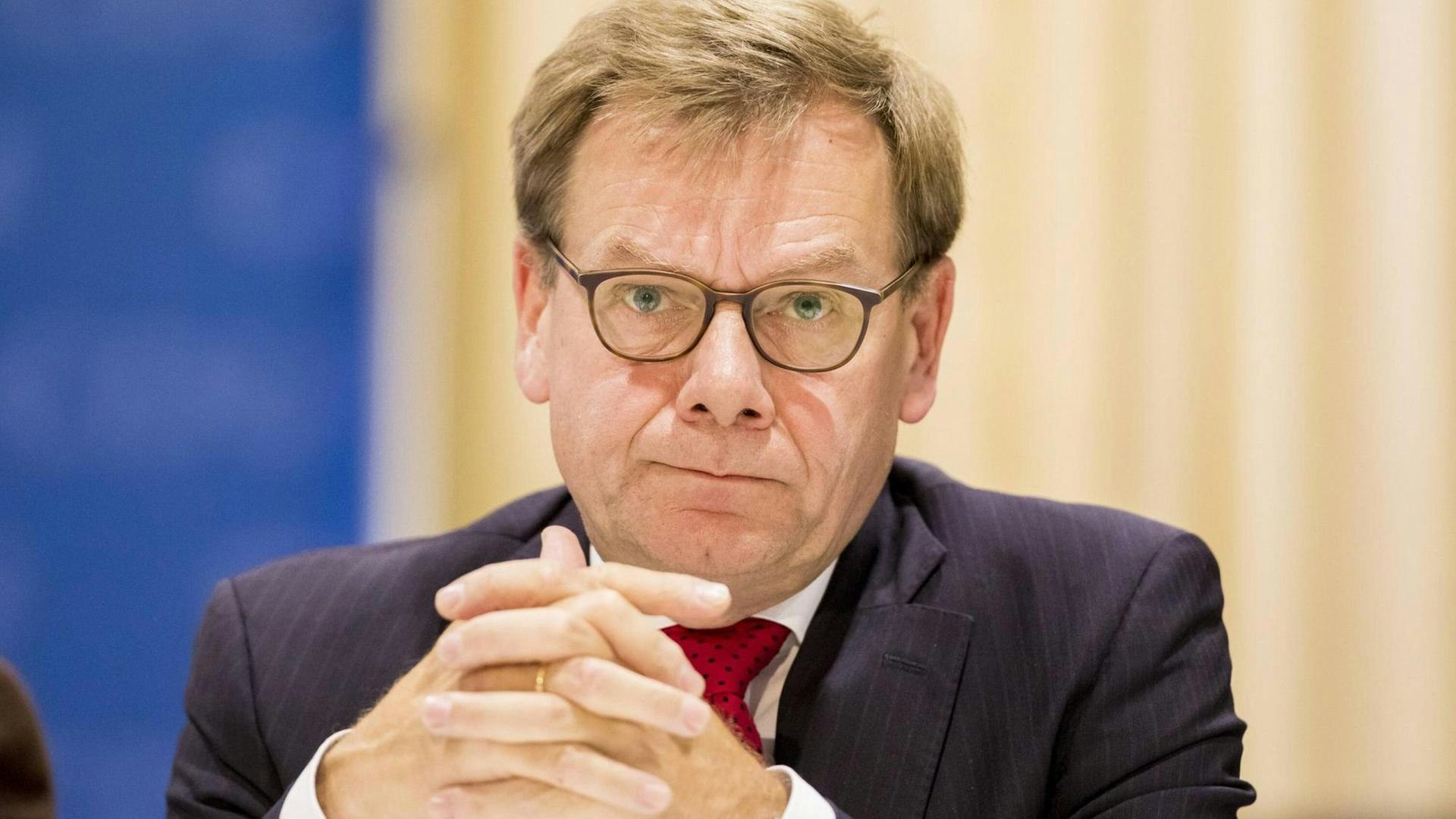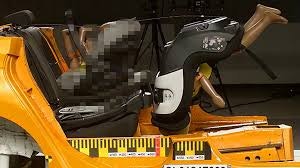Business
ASML remains a key player in the AI era - but geopolitical risks and investment cycles dampen growth
Despite having a technological monopoly, ASML's revenue fluctuates significantly—customers hesitate on major investments, and risks in China are rising.
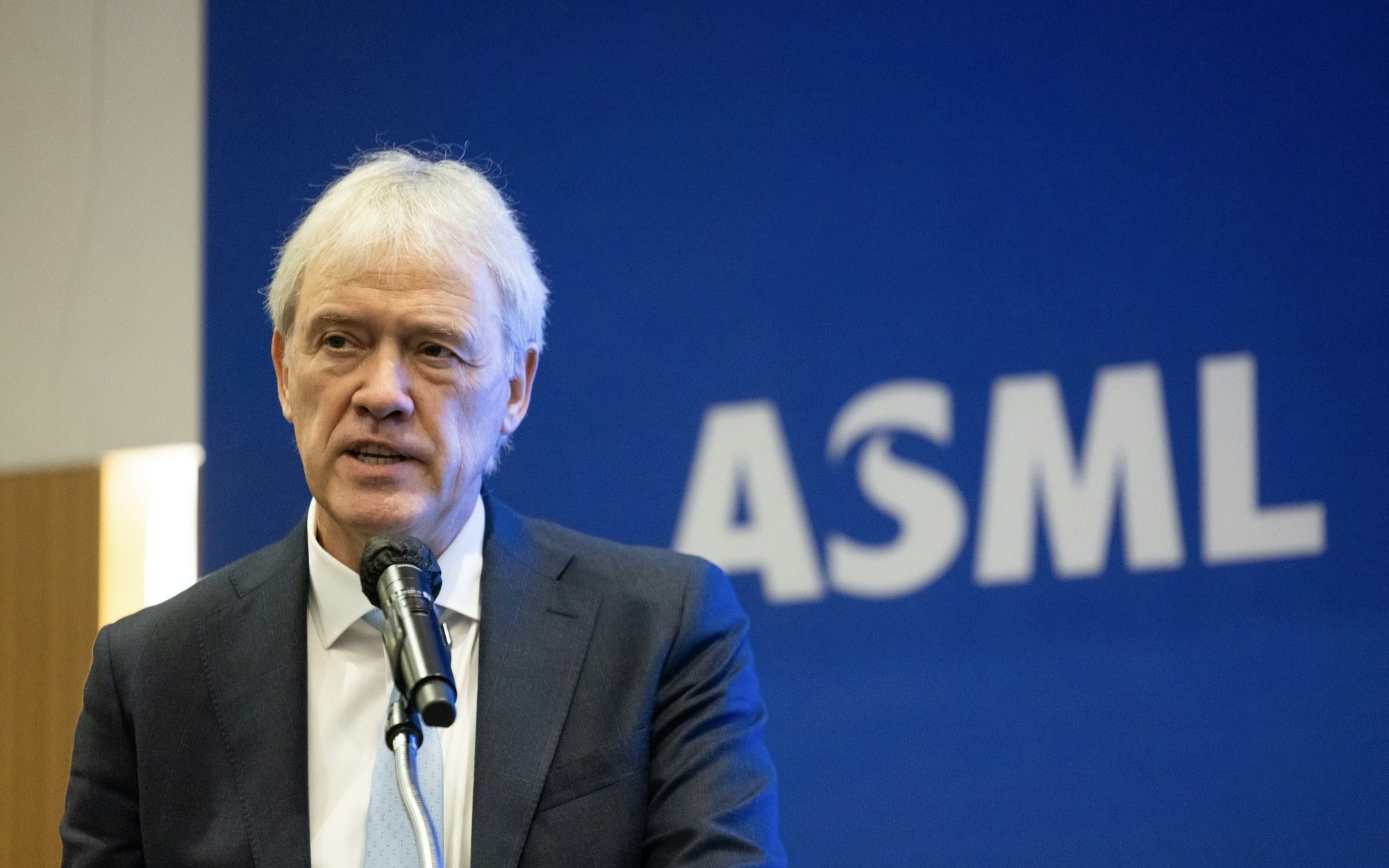
ASML, Europe's most valuable tech company with a market capitalization of around 270 billion euros, is at the center of the global semiconductor industry – yet under pressure. While Nvidia is barely keeping up with production amid rising AI demand, the Dutch manufacturer of lithography equipment is experiencing the other extreme of a technology boom: volatile large investments, political headwinds, and more cautious customers are slowing the upward trend.
The machines from ASML are the gold standard of chip production – whether in smartphones, servers, or refrigerators, hardly any modern chip is made without equipment from Veldhoven. However, while Nvidia sells chips for a few thousand dollars, a single high-NA system from ASML costs around 380 million euros. A delayed order mathematically corresponds to the absence of over 8,000 sold Teslas – each investment decision by customers has a correspondingly fragile impact on revenue.
Current signals from the industry show that many manufacturers are scaling back their spending plans. Intel cut its Capex forecast in April by $2 billion to $18 billion. Consensus at Samsung also suggests falling short of last year's $39 billion budget. TSMC, ASML's largest customer, recently expressed more caution regarding the introduction of the new High-NA technology. Jefferies analysts no longer expect ASML's revenue to grow in 2025.
Adding to the difficulty is political uncertainty. The US government has already banned the export of advanced machines to China – a market that accounted for almost 50 percent of ASML's revenue in 2023 due to catch-up effects. Further restrictions would hit hard, as there is strong demand for less advanced but high-margin DUV systems.
Furthermore, Beijing is pushing for technological independence. Local competitors like SiCarrier – funded by the city of Shenzhen – report initial progress in lithography for chips of medium complexity. While technological catch-up processes in this industry are lengthy and capital-intensive – ASML's supply chain includes over 5,000 specialized partners – the trend is established.
The structural strength of the group remains undisputed. The machines reduce complex chip processes from up to 40 to ten steps – a massive efficiency gain for customers like Intel. And although investments are currently being postponed, they are unlikely to be missed in the long term: The technological basis of the industry remains reliant on ASML.
Compared to Nvidia, which faces growing customer competition from self-developed chips, ASML's market position appears more robust. However, the stock remains volatile: While Nvidia gained around 25 percent over the year, ASML lost over 30 percent – a bolder, but strategically no less attractive investment.


